Structured Cabling
- Structured Cabling
- Voice and Data Systems
- Paging/Music Systems
- Security and CCTV Systems
- Wireless Networks
- Markets Served
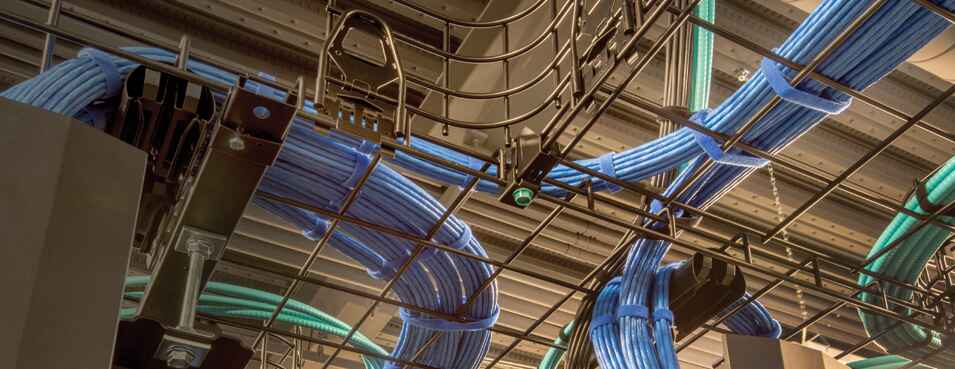
Structured cable services refer to the design, installation, and maintenance of a
standardized and organized cabling infrastructure within a building or campus.
This infrastructure supports the transmission of data, voice, and video signals,
providing a reliable and efficient communication network. Structured cabling
systems typically include a combination of copper and fiber optic cables, as well
as various connectivity components like connectors, patch panels, and outlets.
The goal of structured cabling is to create a flexible and scalable network that can
easily adapt to technological advancements and changes in communication
needs.
Properly implemented structured cable services not only enhance
connectivity but also contribute to the overall efficiency and performance of an
organization’s IT infrastructure.
Cabling: Cat 5e, 6, 6a, 10Gig
Fiber Optic Cabling
Outside Plant Cabling
Voice Cabling
Services we offer include:
CAT5E, 6, 6A, 10Gig.
Fiber Optic Cabling
Outside Plant Cabling
Data and Voice Cabling
Whether you are planning a new implementation or upgrade of an existing voice
and data infrastructure within a building or campus. ,Point Cabling can help with
the design and installation of standardized and organized cabling infrastructure.
Our goal of structured cabling is to create a flexible and scalable network that
can easily adapt to technological advancements and changes in communication
needs.
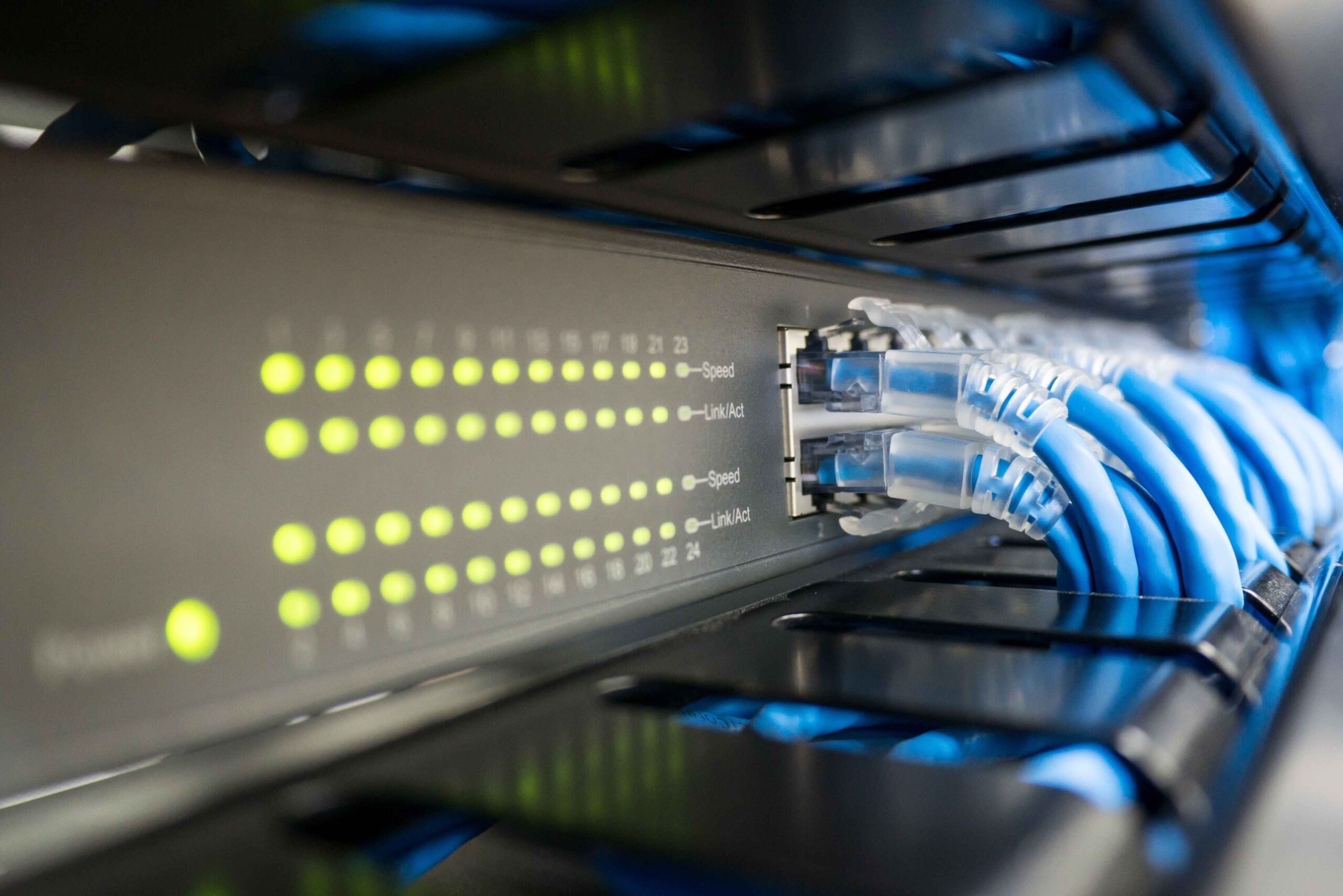
Cabling for voice and data systems is a critical component in modern
communication infrastructure. This type of cabling involves the installation and
organization of cables to facilitate the transmission of both voice and data
signals within a network. Typically implemented through structured cabling
systems, which include copper and fiber optic cables, cabling for voice and data
systems ensures a reliable and efficient connectivity framework.
Voice
communication often relies on twisted pair copper cables, commonly used for
telephone systems, while data transmission benefits from the high-speed
capabilities of fiber optic cables.
The installation process involves careful
planning and adherence to industry standards to optimize performance and
scalability.
Well-designed cabling for voice and data systems supports the
seamless integration of various technologies, promoting a robust and adaptable
communication network for businesses and organizations.
Let Point Cabling help wire your team for success!
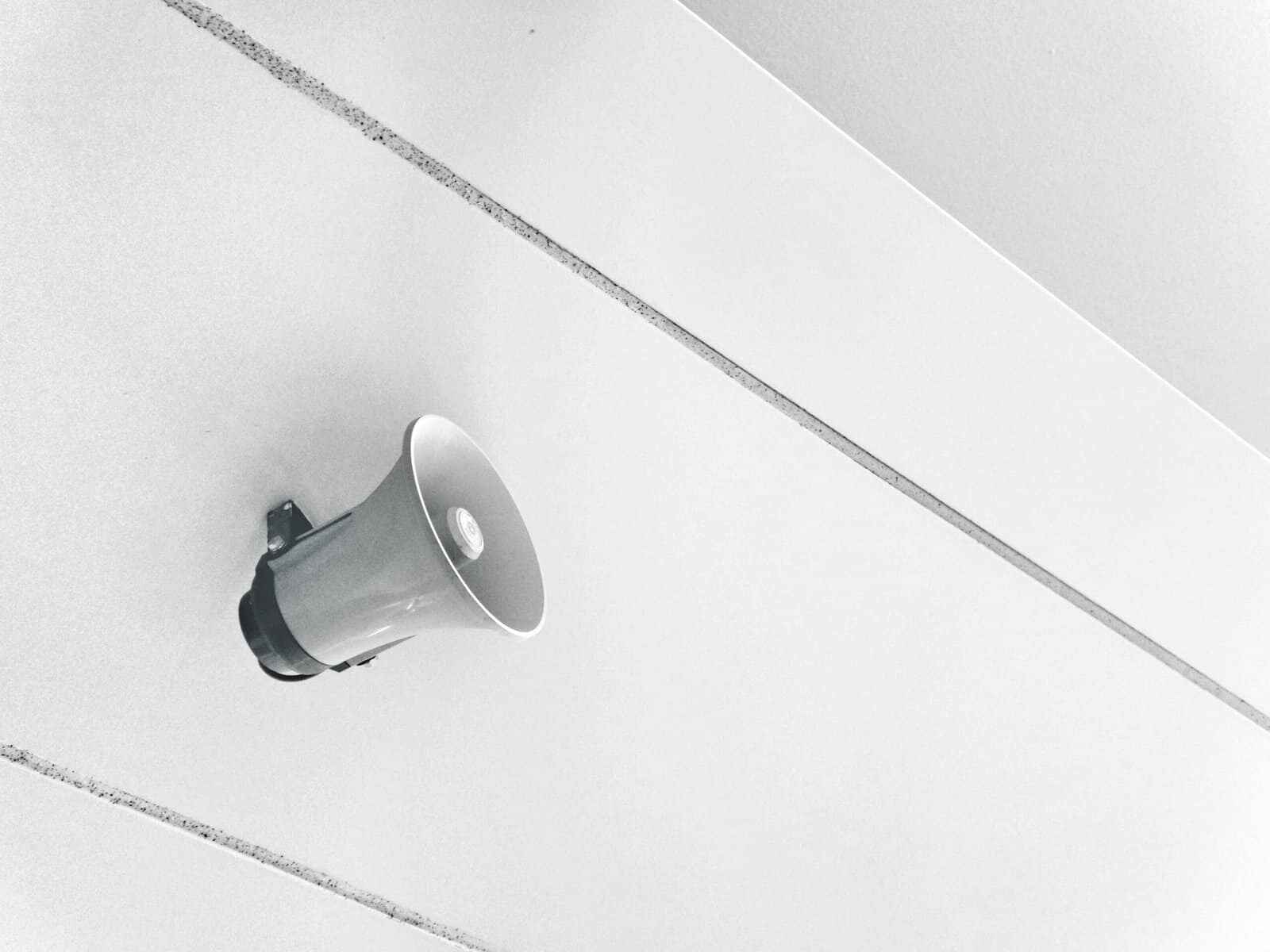
Cabling for paging and music systems involves the installation of wiring to
support the transmission of audio signals within a facility, such as offices, retail
spaces, or public venues. This type of cabling is designed to connect speakers,
amplifiers, and other audio equipment to create an integrated audio distribution
system. Key considerations in this context include the quality of sound
reproduction, coverage area, and scalability.
Typically, twisted pair copper cables, such as Category 5e or Category 6, are used
for short-distance audio signal transmission within buildings. These cables
connect amplifiers, mixers, and other audio sources to speakers distributed
throughout the facility. Additionally, coaxial cables may be employed for longer
cable runs, depending on the specific requirements of the paging and music
system.
Structured cabling principles are often applied to ensure a well-organized and
easily manageable system. This involves using appropriate connectors, patch
panels, and outlets. Wiring should be installed strategically to accommodate the
layout of the space, and consideration should be given to factors like cable
distance limitations and potential sources of interference.
In more advanced setups:
fiber optic cabling might be used for longer-distance
audio transmission or in environments where electrical interference is a concern.
Overall, the goal of cabling for paging and music systems is to create a reliable
and efficient infrastructure that delivers clear and high-quality audio throughout
the designated areas.
Implementing a paging and music
system for a business can enhance the overall
atmosphere, improve communication, and contribute to a pleasant environment
for customers and employees. Whether paging for public spaces, waiting areas
or any relevant location, we can assist with system designing, audio sources,
paging capability, integration with other systems, cable infrastructure,
compliance, maintenance and scalability.
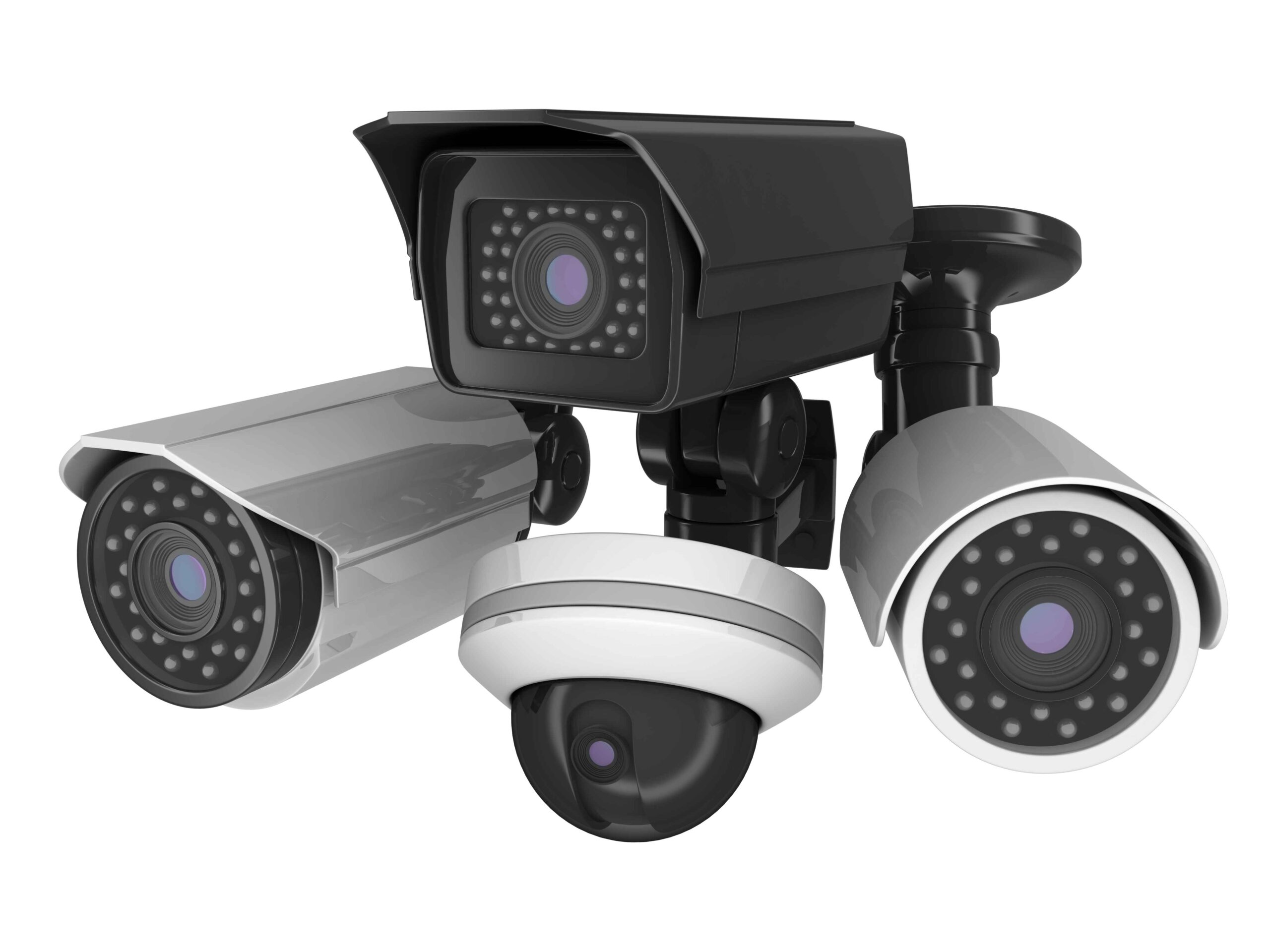
Cabling for CCTV (Closed-Circuit Television) systems involves the installation
of cables to connect cameras, recorders, and other components within a
surveillance network. The choice of cabling is crucial for ensuring reliable video
transmission, power supply, and data connectivity. Our team of installers are
trained professionals and can help with proper installation and cable
management. Whether your installation includes replacement of old technology,
a new implementation or larger installations or when there is a need for
long-distance transmission. Out team of professionals can help plan and design
a video network to leverage your technology for future growth.
Several types of cables are commonly used in CCTV installations:
Coaxial Cable
Twisted Pair Cable (UTP)
Fiber Optic Cable
More
Coaxial Cable
Traditional coaxial cables, such as RG-59 or RG-6, are widely used
for analog CCTV systems. Coaxial cables can transmit video signals over
considerable distances without significant signal loss. However, they may require
additional cables for power (usually in the form of a separate power cable).
Twisted Pair Cable (UTP)
Unshielded Twisted Pair (UTP) cables, commonly used
in networking (e.g., Cat 5e or Cat 6 cables), can be used for transmitting both
video and power. Video baluns are often employed to convert the signals and
allow the use of a single cable for both data and power transmission.
Fiber Optic Cable
For IP-based CCTV systems, where cameras
are powered and connected to the network through a single cable, Ethernet
cables with Power over Ethernet (PoE) capabilities (Cat 5e, Cat 6, etc.) are
commonly used. PoE simplifies installation by providing power and data over the
same cable.
More
Proper installation and cable management are critical for the performance of a
CCTV system. Additionally, compliance with industry standards, such as those
established by the Electronic Industries Alliance (EIA) and the
Telecommunications Industry Association (TIA), helps ensure a reliable and
standardized cabling infrastructure for CCTV applications.
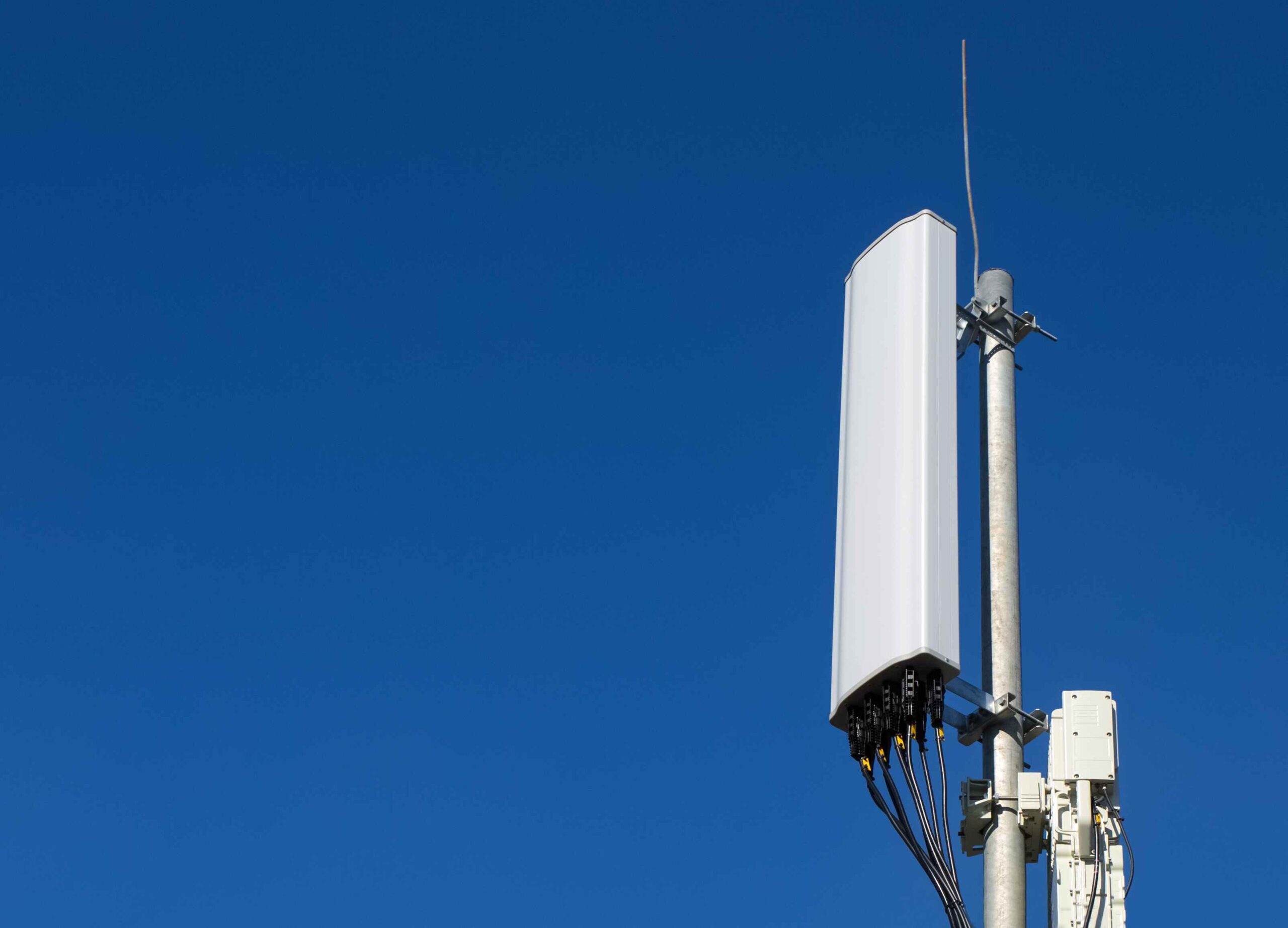
We enable businesses of all sizes to build powerful wireless communication
networks or extend your current network infrastructure ranging from 200
kilometers across mountain tops down to your devices. Our trained
professionals can help design and build wireless networks for Indoor enterprise
or outdoor fixed wireless networks for moving data, voice or video traffic.
Our services includes
Indoor Wi-Fi
Outdoor Wi-Fi
Point to Point Wireless
Point to MultiPoint Wireless
Long-range point-to-point wireless backhaul to reach remote locations
Wide-area point-to-multipoint wireless distribution to cover broad areas

If your business is facing challenges with slow network performance on an aging
data center, there’s a good chance the cabling is to blame
We help solve problems with current cabling
We help transition from current cabling to future cabling.
Whether you need to implement single or multimode.
Our technicians are experienced IT professionals
Healthcare
Industrial
Education
Commercial
Government
Data Center
Healthcare
Cabling. The backbone of IT networks. However 50% of healthcare
network issues relate to inadequate or underperforming cabling infrastructure.
Industrial
Industrial environments are harsh, causing unique problems for
cabling infrastructure and the industrial Internet of Things (IoT).
Education
21st century classrooms are technology-driven, with increasing
bandwidth demands to support current and emerging video and data
requirements.
Commercial
Buildings that don’t have future-ready cabling infrastructure will
require replacement or augmentation to accommodate them.
Government
Allow government entities to meet diverse requirements while
achieving high performance standards and reliability.
Data Center
The data center is the heart of any modern business. Assuring your
network connectivity can support it properly should be a top priority.
